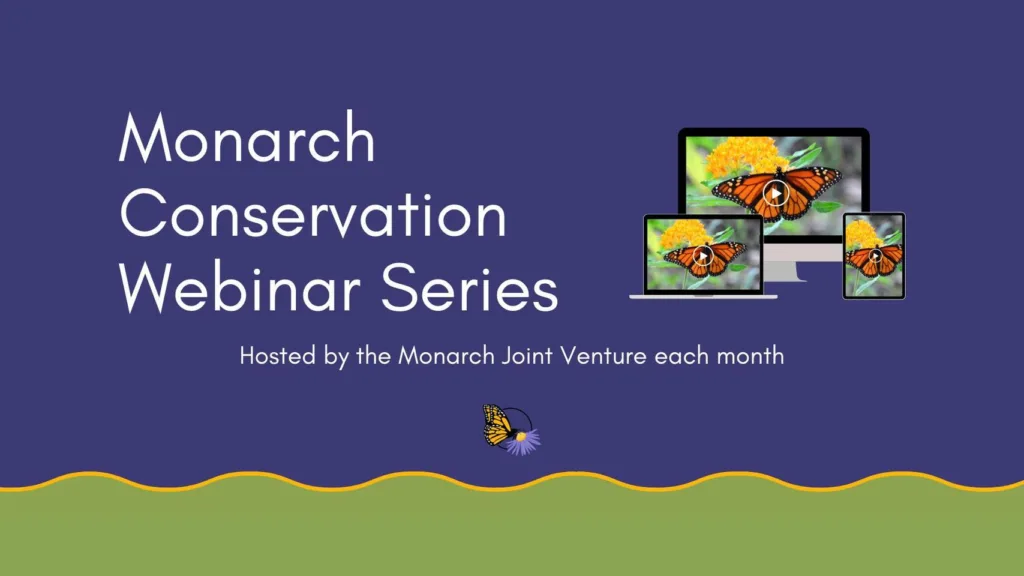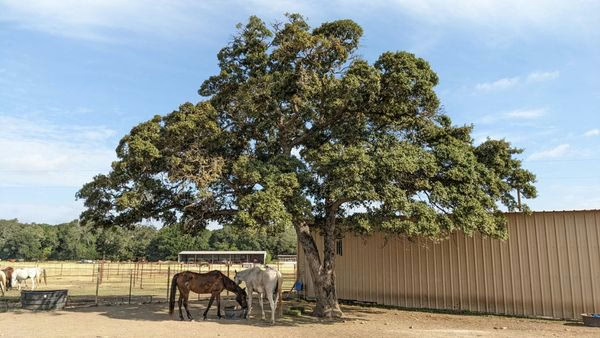May 21, 2024 @ 1:00 pm – 2:00 pm

In this presentation, Krista De Cooke will explore container gardening as a potent strategy to combat biodiversity loss. Attendees will learn how to cultivate keystone plants tailored to their growing conditions and suitable for small spaces, using ecoregions as a guide for plant selection. Krista will showcase plant species that will be suitable for level II ecoregions across the United States and Canada, highlighting their potential to support native biodiversity and serve as crucial refueling stops for pollinators. She will also emphasize the concept of Keystone Plants, species that form the backbone of local ecosystems by providing essential insect food. By incorporating these keystone plants, attendees will be able to actively contribute to the restoration of native biodiversity and address the urgent issue of ecosystem collapse. Joining this presentation will allow participants to make a meaningful impact on biodiversity regeneration, one container at a time.
This presentation is part of the Monarch Conservation Webinar Series by Monarch Joint Venture.
Related Events
-
Transform Your Lawn into Native Plant Haven and Photography Studio
January 28 @ 6:30 pm – 8:15 pmHybrid Event -
San Antonio Chapter Meeting – Stressed Out: A Look at Tree Health in San Antonio and How to Strengthen Our Urban Landscape
January 28 @ 7:00 pm – 8:00 pm







